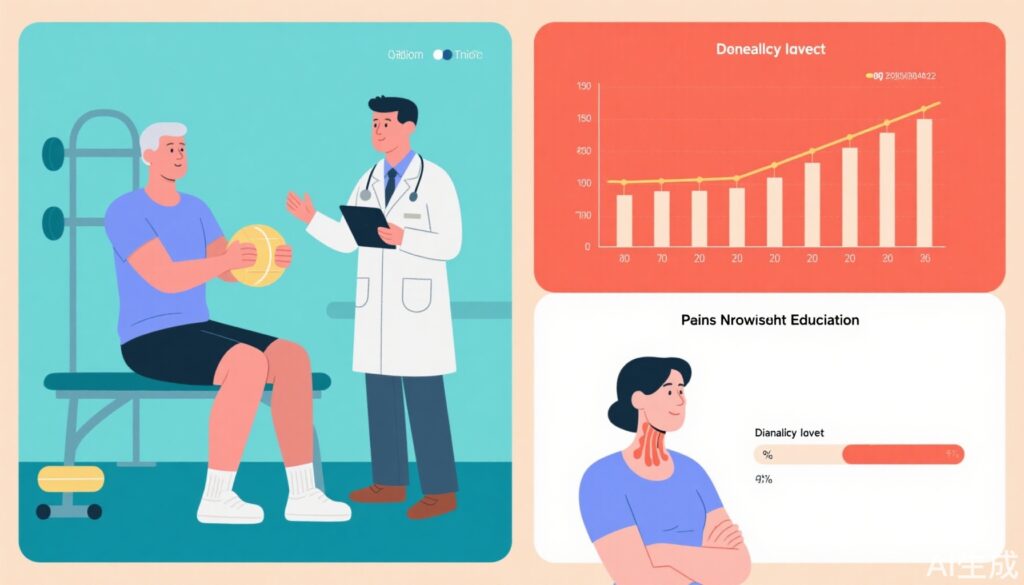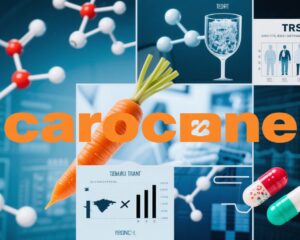Highlights
- The modern pain neuroscience approach (MPNA), integrating pain education, stress management, and cognition-targeted exercise, shows superior efficacy immediately post-treatment and at 12 months for chronic whiplash-associated disorders (cWAD) over usual care (UC).
- MPNA yields significant improvements in fear-avoidance behaviors and central sensitization symptoms, which are key mechanistic components of chronic pain persistence.
- Cost-utility analysis indicates MPNA is cost-effective, yielding quality-adjusted life-year gains and healthcare savings compared to UC.
Background
Chronic whiplash-associated disorders (cWAD) are a prevalent cause of persistent neck pain and disability following acceleration-deceleration injuries. Despite high morbidity and substantial societal burden, evidence-based treatments remain limited, often relying on biomedically focused interventions which inadequately address pain neurophysiology and psychosocial contributors. This gap has stimulated interest in modern pain neuroscience approaches (MPNA) that incorporate education on pain mechanisms, psychological stress management, and cognition-targeted, time-contingent exercise therapy to modulate neuroplasticity and reduce disability.
Key Content
Study Design and Population
A multicenter randomized clinical trial conducted across two Belgian university hospitals and one regional hospital enrolled 120 patients aged 18-65 with cWAD, randomized to receive 16 weeks of either MPNA or usual care physiotherapy (UC). MPNA consisted of pain neuroscience education, stress management modules, and cognition-targeted, time-contingent exercise therapy across 18 sessions. UC involved biomedical education and symptom-contingent exercise.
Primary and Secondary Outcomes
The primary endpoint was pain-related disability measured by the Neck Disability Index at 6 months post-intervention. Secondary exploratory outcomes included pain intensity, pain catastrophizing, fear-avoidance behavior, quality of life metrics, physical function, and cost-utility, assessed up to 12 months.
Results and Interpretation
Both groups demonstrated reduced disability, with MPNA achieving a 33.3% reduction vs. 15.8% in UC. No statistically significant group difference at 6 months (mean difference 2.38 points, P=0.15) was found; however, MPNA showed significantly greater reduction immediately post-intervention and at 12 months (mean difference ~3.5 points, P<0.05), reflecting sustained benefit.
Exploratory analyses revealed MPNA markedly improved fear-avoidance behavior (large effect sizes up to d=1.112) and central sensitization symptoms (d=1.158-1.834), supporting mechanistic underpinnings of MPNA addressing altered pain processing and anxiety-related avoidance. No group differences emerged in quality of life or pain catastrophizing, suggesting targeted effects.
Notably, 23.3% of MPNA participants were pain-free immediately post-treatment versus 5% in UC, indicating superior analgesic potential. Cost-effectiveness analyses favored MPNA, with average savings of $854 and a gain of 0.035 quality-adjusted life years, underscoring economic as well as clinical advantages.
Relation to Prior Evidence and Therapeutic Classes
This trial corroborates previous smaller-scale studies and meta-analytic data indicating benefits of pain neuroscience education combined with exercise in chronic musculoskeletal pain. MPNA’s integration of stress management addresses psychosocial modifiers often neglected in conventional therapies.
Symptom-contingent exercise, traditionally recommended, may perpetuate fear-avoidance cycles and central sensitization by reinforcing pain-driven behaviors, whereas cognition-targeted, time-contingent exercise fosters graded exposure and neural adaptation.
Expert Commentary
This rigorous, well-powered RCT advances the evidence base for multimodal MPNA interventions in cWAD, emphasizing neurobiological and psychosocial mechanisms. While the primary endpoint did not reach statistical significance at 6 months, clinically meaningful and durable improvements were evident immediately after treatment and at one year, important for long-term disability management.
Limitations include some overlap in interventions and absence of blinding. Despite these, effect sizes for psychological outcomes and central sensitization are robust, suggesting MPNA shapes key chronic pain neurocircuitry.
Guidelines increasingly recommend biopsychosocial strategies incorporating education and cognitive behavioral approaches for chronic pain. This trial supports cognition-targeted exercise as a valuable adjunct, enabling safer, graded physical activity without symptom flare, potentially preventing chronicity.
Future research should explore optimization of MPNA components, stratification by phenotypes such as central sensitization profiles, and integration with digital health platforms to enhance access.
Conclusion
Chronic whiplash-associated disorders present complex challenges necessitating comprehensive approaches beyond biomedical paradigms. This landmark randomized trial demonstrates that MPNA, encompassing pain education, stress management, and cognition-targeted exercise, delivers significant and sustained reductions in neck disability, improved psychological mediators, and favorable cost-effectiveness compared to usual care.
MPNA holds promise as a first-line evidence-based management paradigm addressing pain neurobiology and psychosocial factors underlying cWAD. Implementing such multimodal interventions may reduce the burden of chronic neck pain and enhance quality of care.
References
- Malfliet A, Lenoir D, Murillo C, et al. Pain Science Education, Stress Management, and Cognition-Targeted Exercise Therapy in Chronic Whiplash Disorders: A Randomized Clinical Trial. JAMA Netw Open. 2025;8(8):e2526674. doi:10.1001/jamanetworkopen.2025.26674. PMID: 40794407
- Nijs J, et al. Pain Neuroscience Education for Chronic Musculoskeletal Pain: New Directions. Phys Ther. 2018;98(5):398-403.
- Lee H, et al. Effectiveness of Interventions for Chronic Whiplash: A Systematic Review and Meta-analysis. Spine. 2020;45(11):751-758.



